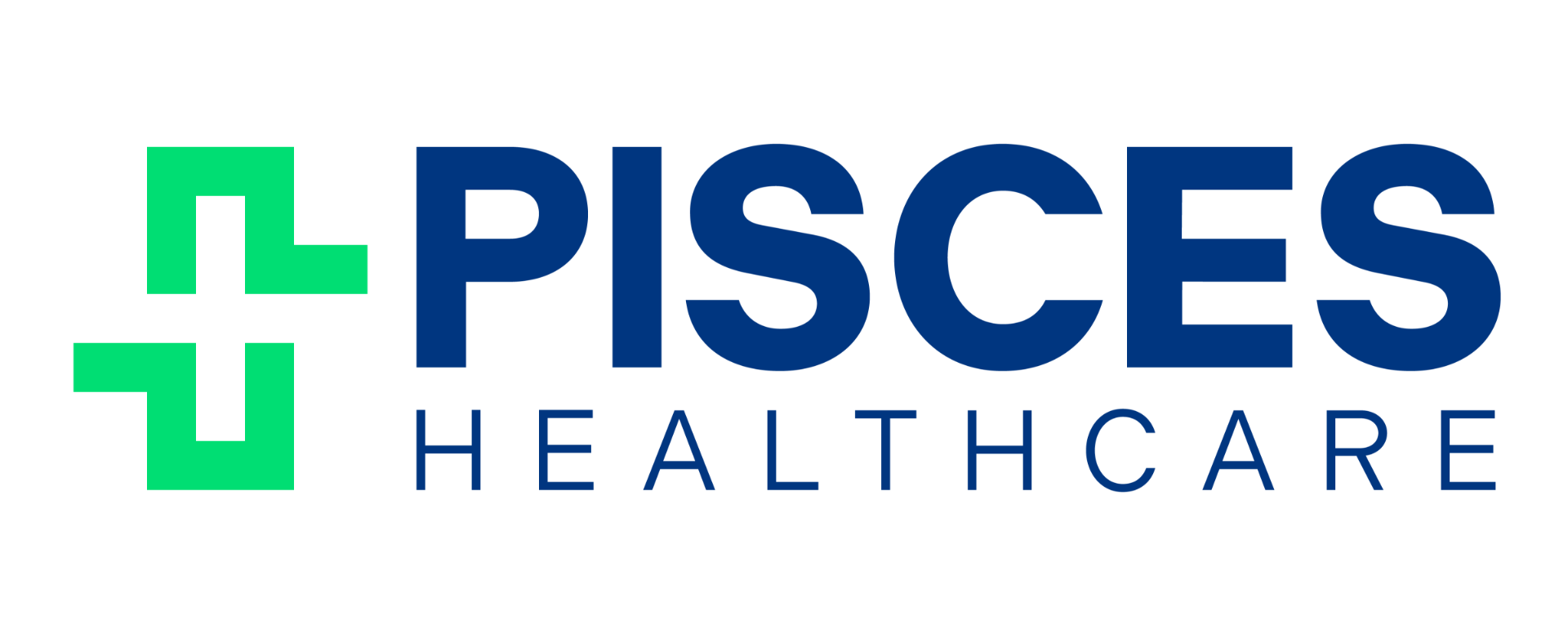Shop By Categories
Close
- Home
- Purchasing Agents
- Veterans
- Clinicians
- Shop By Condition
- Aids to Daily Living
- Pisces Quick Ship Products
- Bariatric
- Bath & Toileting
- Beds & Mattresses
- Clinic & Hospital Supplies
- Clinic Equipment
- Dining
- Dressing Aids
- Lymphedema & Compression
- Mental Health
- Men's Health
- Mobility
- Modalities
- Orthopedic Braces & Splints
- Rehab & Therapeutic Aids
- Sleep & Respiratory
- Women's Health Products
- Contact Us
Menu
- Home
- Purchasing Agents
- Veterans
- Clinicians
- Shop By Condition
- Aids to Daily Living
- Pisces Quick Ship Products
- Bariatric
- Bath & Toileting
- Beds & Mattresses
- Clinic & Hospital Supplies
- Clinic Equipment
- Dining
- Dressing Aids
- Lymphedema & Compression
- Mental Health
- Men's Health
- Mobility
- Modalities
- Orthopedic Braces & Splints
- Rehab & Therapeutic Aids
- Sleep & Respiratory
- Women's Health Products
- Contact Us
Menu
Shopping cart
Filters
Personal menu
Preferences
Search Results
- Home /
- Category /
- Orthopedic Braces & Splints /
- Back Supports /
- Herniated, Degenerative & Bulging Disc Medical Back Brace for Spinal Pain Treatment
Create Personal Supply List
×Supply List Name
GOVERNMENT
Customer service
- SEND ORDERS TO: orders@pisceshealth.com
- customerservice@pisceshealth.com
- PHONE: 1-888-505-3627
- FAX: 1-888-505-1987
- Contact us
LOCATIONS
- LMH Hawthorne Healthcare Inc DBA Pisces Healthcare Solutions
- Distribution Locations:
- 1740 Skyway Drive, Unit C-E, Longmont, Colorado 80504
- 113 Executive Drive, Suite 118 Sterling, Virginia 20166
- 9121 Centerlinks Commerce Drive, Unit 5, Fort Myers, Florida 33912
Copyright © 2025 Pisces Healthcare Solutions. All rights reserved.
